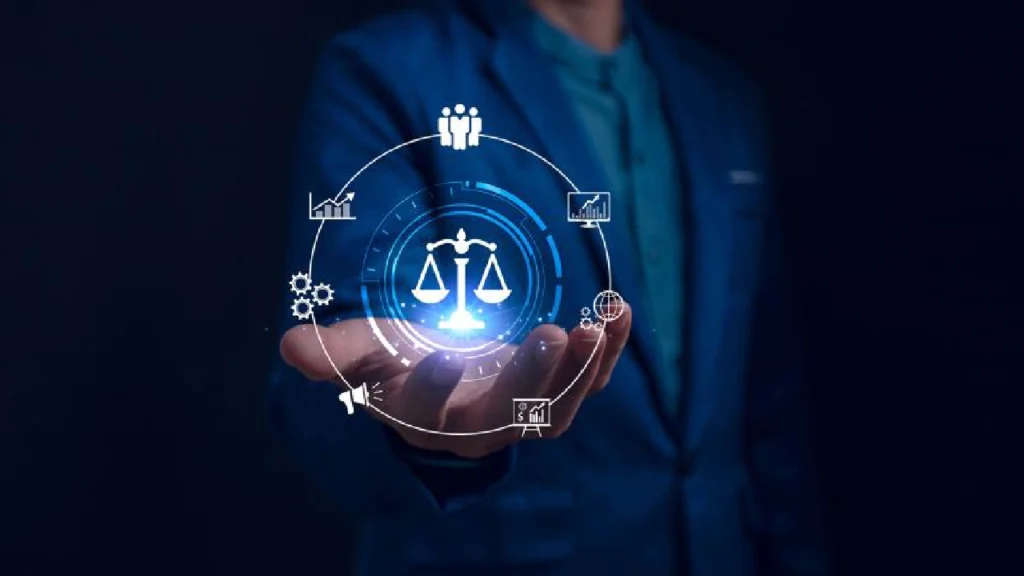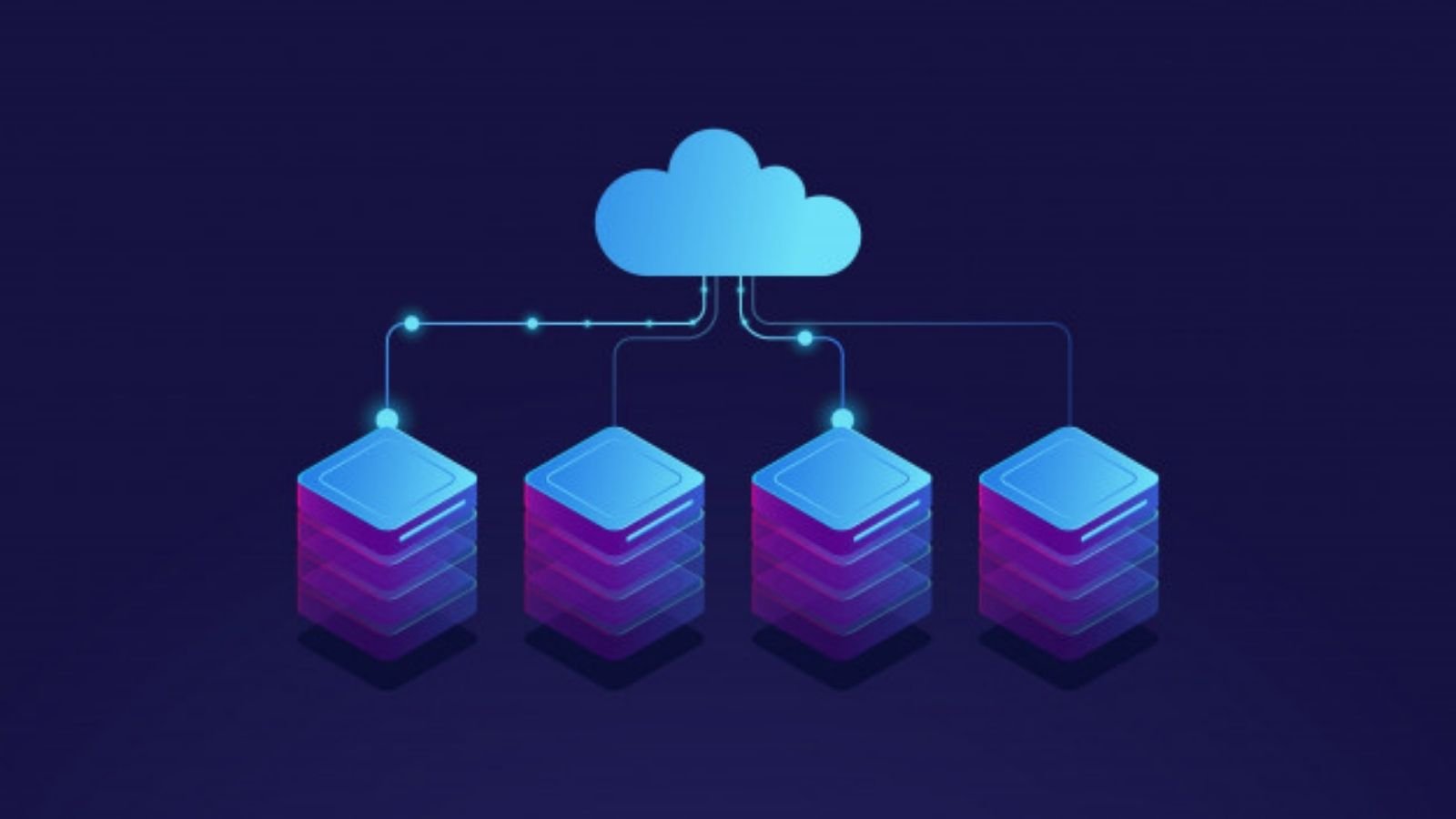Table of Contents
Highlights
- Trump’s Bold AI Agenda introduced nationwide K–12 AI education to prepare an AI-ready workforce for the future.
- Federal agencies were directed under Trump’s Bold AI Agenda to accelerate AI adoption with ethical oversight.
- Stargate, a $500B infrastructure push under Trump’s Bold AI Agenda, aims to keep AI compute power within U.S. borders.
- Trump’s Bold AI Agenda included tariffs on foreign AI tech to boost domestic innovation and economic nationalism.
- Through Trump’s Bold AI Agenda, the government expanded AI use via public-private partnerships in sectors like finance and housing.
- Addressing digital harm, Trump’s Bold AI Agenda signed the TAKE IT DOWN Act to regulate deepfakes and protect digital integrity.
In April 2025, Trump’s Bold AI Agenda accelerated its artificial intelligence policy, releasing a burst of executive actions, public-private partnerships, and national infrastructure projects that left no doubt that AI is more than a technical issue—it’s a political and economic priority.
This month provided a telling glimpse of the administration’s vision for America’s AI future: concentrated in American hands, integrated into national education, fueled by American infrastructure, and increasingly shielded by regulatory and trade policy. As AI continues to remake economies and redefine the future of work, the White House effort presages a strategic attempt to project U.S. leadership in innovation and governance.

Developing an AI-Ready Workforce Begins with Education
Perhaps the most publicized policy action was Trump’s Bold AI Agenda on April 23, when President Trump signed an executive order called “Advancing Artificial Intelligence Education for American Youth.” The order created a White House task force to revamp how AI is taught in American schools.
The program requires age-specific AI education throughout K–12, the financing of instructor training, and the promotion of early technical literacy. The Departments of Education, Labor, and Energy are among the agencies enlisted to oversee the rollout. This step indicates an unmistakable goal: ensure that generations to come don’t just employ AI but also know how it operates—and, importantly, how to create it.
Practically, this might translate into fundamental principles of AI appearing in public school classrooms as early as the next school year. The larger goal is to raise a generation of AI-literate citizens who can compete in an increasingly algorithmic and machine-driven world.

Formalizing AI Use Across Federal Agencies
Education was not the sole pillar of April AI policy. In early April, the Office of Management and Budget issued two significant memoranda on how federal agencies will acquire and implement AI technologies with Trump’s Bold AI Agenda.
One memorandum focused on accelerating AI usage within the federal government, urging departments to adopt innovation strategies that balance experimentation with transparency and accountability. The second directive addressed procurement, outlining how agencies should evaluate and contract AI vendors.
These actions are meant both to enhance government efficiency and to establish ethical standards for AI applications. The agencies are to exchange best practices, prevent unnecessary duplication of effort, and ensure that AI implementation does not harm public trust. Collectively, these memoranda represent a federal effort to make the government not only a consumer of AI but an exemplar of responsible application.

The Stargate Initiative: AI Infrastructure’s Moonshot
The boldest—and most contentious—AI play of Trump’s Bold AI Agenda of the month was a sweeping $500 billion infrastructure project, colloquially known as Stargate. Pitched as a public-private venture between the federal government and firms such as OpenAI, Oracle, SoftBank, and investment firm MGX, the initiative aims to construct domestic data centers and power stations to underpin AI development in the United States.
Central to Stargate’s notion is that artificial intelligence models need enormous computational power and energy. The government wishes to ensure those capabilities remain within the country and not depend on foreign-owned facilities.
The initial stage of Stargate consists of a $100 billion upfront investment and a strategy to exercise emergency powers to accelerate energy access and skirt historic grid bottlenecks. It’s the rare convergence of AI, energy policy, and industrial strategy-one that has the potential to reorient how the U.S. constructs and manages digital infrastructure.
Opponents have expressed fear regarding transparency, environmental damage, and resource monopolization. Supporters contend that without a large-scale initiative, the U.S. will fall behind in the global AI race.

Trump’s Bold AI Agenda and Economic Nationalism
In addition to attempts at enhancing domestic growth, the government also persisted in its assertive economic posture with a collection of protectionist trade measures. The “Liberation Day” tariffs, revealed on April 2, encompassed tariffs on various foreign technologies, including some AI hardware and software tools.
The tariffs were billed as a means to bolster American industry and cut dependence on unfriendly countries. But they were greeted with market angst and legal complaints. By late May, a U.S. Court of International Trade panel had voted that the administration had exceeded its jurisdiction, effectively halting the tariffs before they could be implemented.
Nevertheless, the goal was unmistakable: AI is not merely about algorithms but supply chains, data sovereignty, and national leverage. Through tariffs and export controls, the administration attempts to tilt the equation favor domestic manufacturing and ownership.

Private Sector Partnerships in the Public Interest
April also witnessed the government relying more heavily on collaborations with private tech companies to deploy AI in particular areas. A good example is Fannie Mae’s partnering with Palantir Technologies to leverage AI to detect mortgage fraud more effectively.
This collaboration is part of a larger trend toward approaching AI as an applied solution to government challenges, ranging from financial management to infrastructure maintenance. Instead of developing each system internally, the federal government seeks to insert AI directly into actual applications through corporate partnerships.
Although these alliances promise efficiency, they also involve accountability, access to data, and the risk that private firms will have too much influence over public outcomes. Nevertheless, the Trump administration clearly sees such alliances as a pillar of its AI agenda.
Policing Innovation and Workforce Fear
There is one arena where the administration sounds more circumspect, and that is the labor market. As AI systems progress rapidly, worries about the displacement of jobs—particularly in white-collar industries—are increasing.
In April, Anthropic CEO Dario Amodei publicly warned that AI may replace half of all entry-level white-collar employment. This forecast fueled discussion within conservative communities, even within the pro-Trump MAGA movement, which has long centered around preserving American jobs.
The government has not yet set out a full reskilling or transition strategy, but insiders report that there are internal discussions. Balancing innovation enabled through AI with employment security can be one of the most politically sensitive issues in the coming months.

AI Safety and Digital Integrity
As concern over deepfakes, disinformation, and AI-manipulated deception continues to mount, President Trump signed in April a bipartisan bill called the “TAKE IT DOWN Act.” The bill aims to prevent non-consensual deepfakes from spreading and provides a legal recourse for victims to have dangerous media taken down by online platforms.
This legislation is one of the first big strides the administration has made in regulating AI-related content. As AI increasingly integrates into media production and dissemination, the need to legislate ethical limits will increase exponentially.
Looking Ahead
The Trump administration’s April moves mark a change in how AI is handled at the federal level. It’s no longer a question of academic research or innovation within the tech industry. It’s a strategic asset that impacts education, infrastructure, trade, labor, and civil rights.
April 2025 may be the month that the US government finally stops analyzing the AI boom and starts actively guiding it. That guidance will lead to long-term stability or brief-term upheaval; only time will tell. However, one thing is sure: AI is no longer a part of the future. It’s at the center of the present and the political vision of the administration in power today.